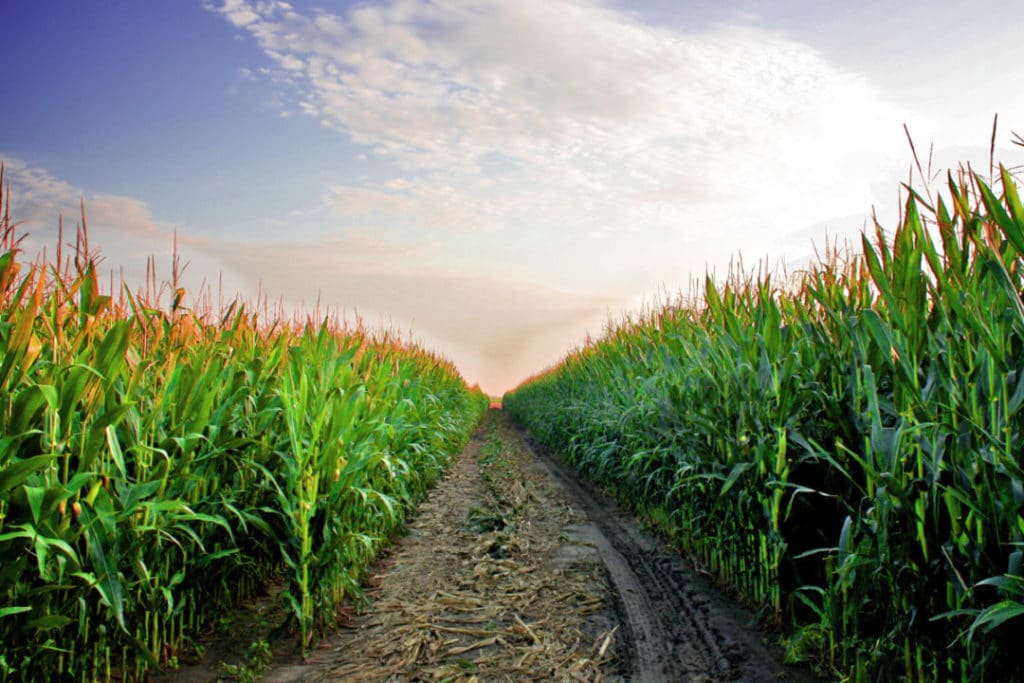
Expanded acreage and good weather during the safrinha growing season is expected to increase Brazil’s 2018-19 corn production by 18% over the previous market year. That trend is expected to continue into the next year, according to an April 8 Global Agricultural Information Network (GAIN) report from the Foreign Agricultural Service of the U.S. Department of Agriculture (USDA).
Total production is estimated at 95 million tonnes in 2018-19 and 97.5 million tonnes in 2019-20.
“For the MY 2018-19 season, farmers are expected to invest more to try to maximize yields, take advantage of the currently high domestic corn prices, and claw back some losses from a disappointing soy season,” the USDA said.
Corn area is forecast at 17.5 million hectares for 2018-19, 5% higher than the previous year. A further expansion is expected in the next crop year to 18 million hectares.
Increased soybean acreage has hurt first-crop corn planting numbers, but at the same time has resulted in rapid growth in safrinha corn area, the USDA said.
“The state of Mato Grosso is Brazil’s largest corn producer, responsible for roughly one-third of total Brazilian production in MY 2017-18, almost entirely from second-crop corn planted after the soybean harvest,” the agency said.
Safrinha corn is now accounting for the majority of the nation’s corn production, amounting to 66% in 2017-18 and an estimated 72% in 2018-19.
“This has become a problem for poultry and swine producers, who traditionally have relied on first-crop corn grown in southern Brazil as a large part of feed rations,” the USDA said.
Safrinha corn is grown far from poultry and swine operations, and the infrastructure is lacking to move it to from the center-west. Livestock operators in southern Brazil are turning to corn imports for feed rations, the USDA noted.
Corn exports are forecast at 30 million tonnes in 2018-19, an increase of 20%.
“The large expected crop will likely push prices lower after the harvest begins in June, making Brazilian corn even more competitive on the international market,” the USDA said. “However, infrastructure challenges and new taxes may constrain the corn export potential this season.”
